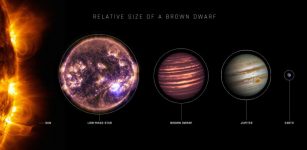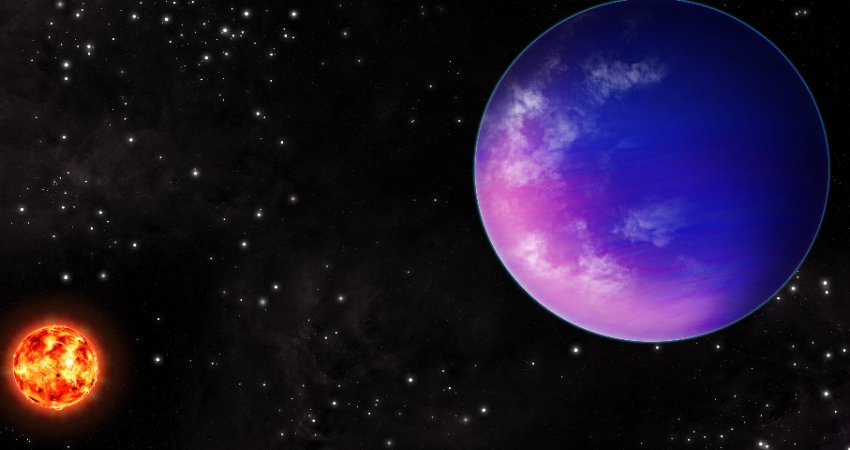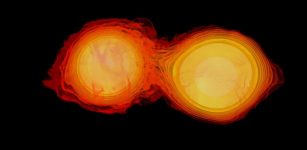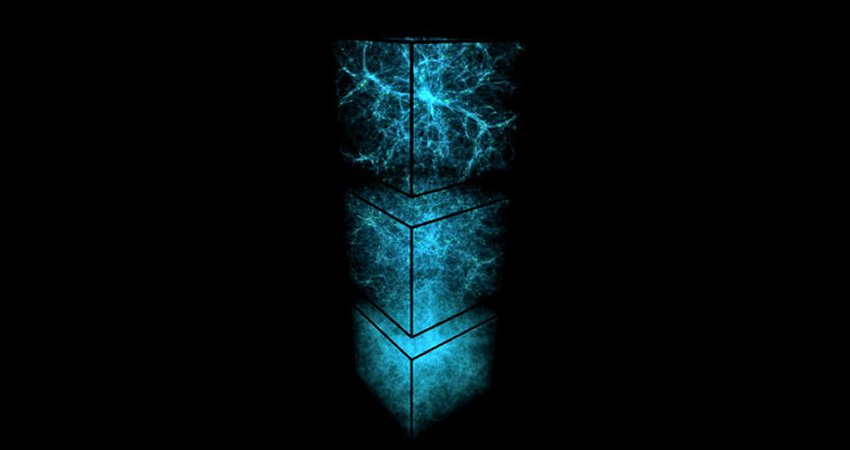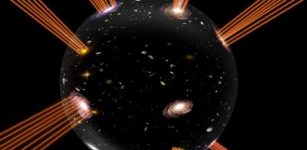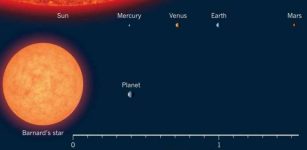Magnetized ‘Rivers’ Feed Young Stars In Serpens South Cluster
Eddie Gonzales Jr. – MessageToEagle.com – Stars like our Sun form when clouds of gas and dust collapse under gravity.
But how does the material get from interstellar space into these clouds and what controls their collapse?
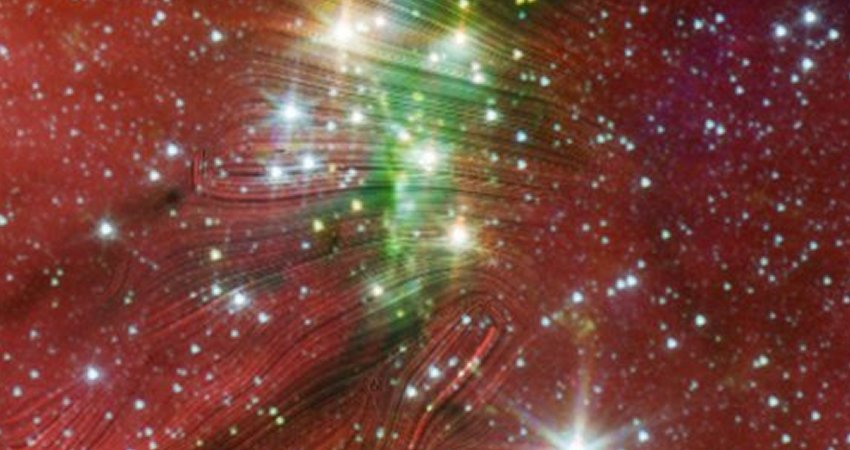 Composite image of the Serpens South Cluster. Magnetic fields observed by SOFIA are shown as streamlines over an image from the Spitzer Space Telescope. SOFIA indicates that gravity can overcome some of the strong magnetic fields to deliver material needed for new stars. The magnetic fields have been dragged into alignment with the most powerful flows, as seen in the lower left where the streamlines are following the direction of the narrow, dark filament. This is accelerating the flow of material from interstellar space into the cloud, and fueling the collapse needed to spark star formation. © NASA/SOFIA/T. Pillai/J. Kauffmann; NASA/JPL-Caltech/L. Allen
Composite image of the Serpens South Cluster. Magnetic fields observed by SOFIA are shown as streamlines over an image from the Spitzer Space Telescope. SOFIA indicates that gravity can overcome some of the strong magnetic fields to deliver material needed for new stars. The magnetic fields have been dragged into alignment with the most powerful flows, as seen in the lower left where the streamlines are following the direction of the narrow, dark filament. This is accelerating the flow of material from interstellar space into the cloud, and fueling the collapse needed to spark star formation. © NASA/SOFIA/T. Pillai/J. Kauffmann; NASA/JPL-Caltech/L. Allen
This image shows narrow, spindle-like structures, called filaments, that act like rivers channeling material into the Serpens South star cluster, a group of more than 60 young stars that are forming in a dense cloud of gas and dust nearly 1,400 light-years away.
SOFIA (The Stratospheric Observatory for Infrared Astronomy) discovered magnetic fields in the region can further fuel star formation.
The fields, shown as streamlines over an image from NASA’s retired Spitzer Space Telescope, have been dragged by gravity to align with the narrow, dark filament on the lower-left — helping material flow down it. This is different from the upper parts of the image, where the magnetic fields are perpendicular to the filaments as they oppose gravity.
Scientists are studying the dense cloud to learn how magnetic fields, gravity, and turbulent gas motions contribute to the creation of stars. Once thought to slow star birth by counteracting gravity,
SOFIA’s data reveals magnetic fields may actually be working together with gravity as it pulls the fields into alignment with the filaments, nourishing the birth of stars.
Understanding the role of celestial magnetic fields in the universe is challenging because they are invisible to most telescopes. SOFIA’s HAWC+ infrared instrument is able to observe dust grains as they align perpendicular to the fields, allowing scientists to infer the strength and direction of the magnetic field.
Additional observations are needed to fully understand the complex interplay between the forces responsible for creating new stars.
The results are published in Nature Astronomy.
The lead author is Thushara Pillai and Enrico-Lopez Rodriguez of Universities Space Research Association is a co-author.
Written by Eddie Gonzales Jr. – MessageToEagle.com Staff



